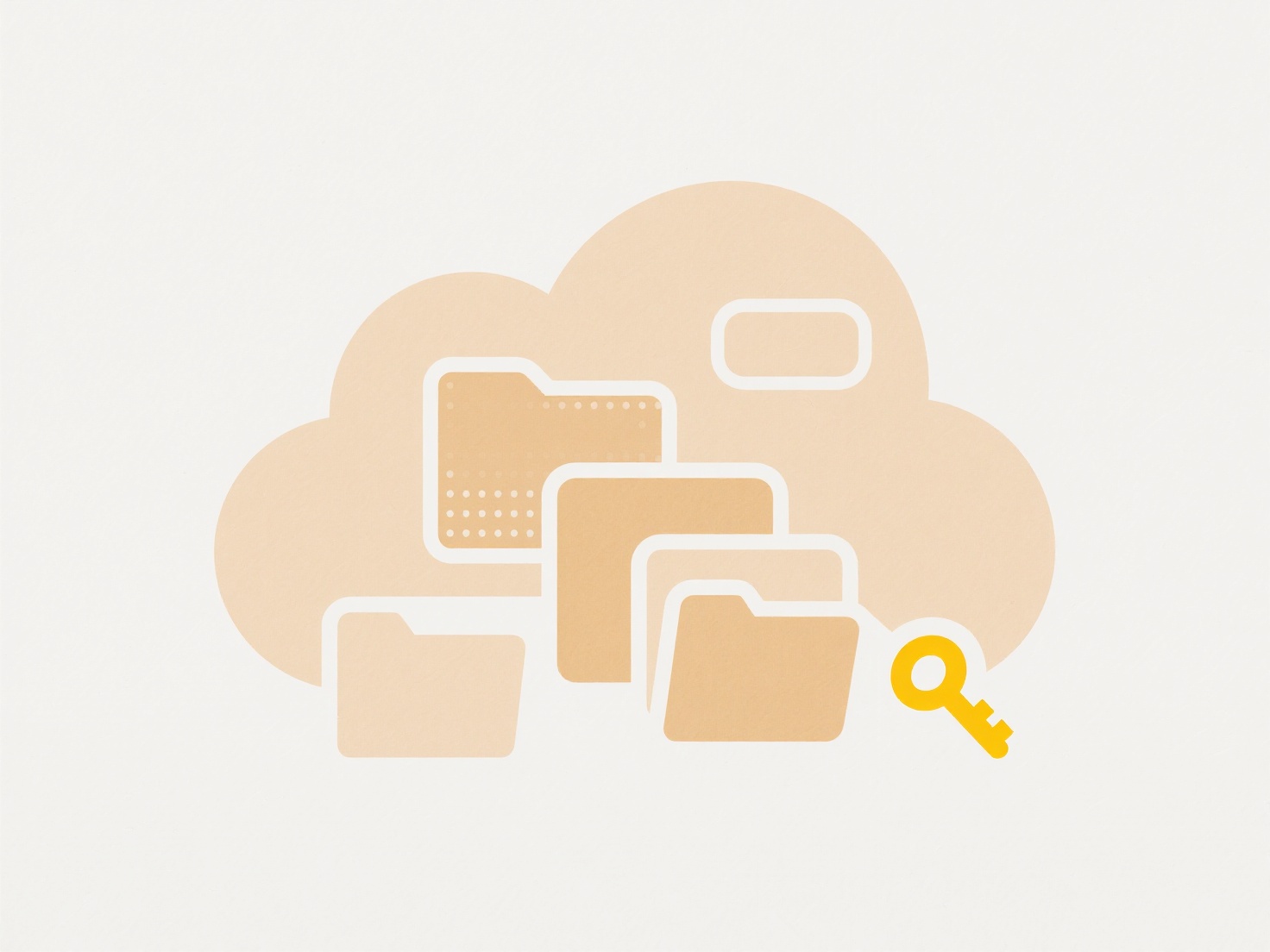
File encryption transforms readable data into scrambled ciphertext using an algorithm and a key, ensuring only authorized parties can access it. This differs from simply password-protecting a file, which might secure access within a specific application but doesn't fully scramble the underlying data. The encryption process secures the file contents, making them unreadable without the correct decryption key, such as a strong password or digital certificate.
For instance, a lawyer might encrypt confidential client documents using Microsoft Office's built-in AES encryption before emailing them, adding an extra security layer beyond standard email. Similarly, a researcher handling sensitive medical data could use open-source tools like GnuPG (PGP) to encrypt files prior to sharing them via cloud storage, ensuring only designated colleagues with the private key can decrypt and view the information.

The primary advantage is robust confidentiality during file transfer and storage, protecting against unauthorized access even if intercepted, and often aiding regulatory compliance. Key limitations include reliance on the encryption password's strength and the secure sharing of decryption keys; if keys are lost, the file is permanently inaccessible. Ethically, while vital for privacy, encryption also demands responsible use and key management to prevent enabling illegal activities while supporting legitimate security needs.
How do I encrypt a file before sharing?
File encryption transforms readable data into scrambled ciphertext using an algorithm and a key, ensuring only authorized parties can access it. This differs from simply password-protecting a file, which might secure access within a specific application but doesn't fully scramble the underlying data. The encryption process secures the file contents, making them unreadable without the correct decryption key, such as a strong password or digital certificate.
For instance, a lawyer might encrypt confidential client documents using Microsoft Office's built-in AES encryption before emailing them, adding an extra security layer beyond standard email. Similarly, a researcher handling sensitive medical data could use open-source tools like GnuPG (PGP) to encrypt files prior to sharing them via cloud storage, ensuring only designated colleagues with the private key can decrypt and view the information.

The primary advantage is robust confidentiality during file transfer and storage, protecting against unauthorized access even if intercepted, and often aiding regulatory compliance. Key limitations include reliance on the encryption password's strength and the secure sharing of decryption keys; if keys are lost, the file is permanently inaccessible. Ethically, while vital for privacy, encryption also demands responsible use and key management to prevent enabling illegal activities while supporting legitimate security needs.
Quick Article Links
How do I rename photos with meaningful names instead of IMG_1234?
Renaming photos replaces generic camera-generated names like IMG_1234 with descriptive titles reflecting the image conte...
How do I move a file from the cloud to local storage?
Moving a file from cloud storage to local storage involves transferring a copy of that file from a remote server hosted ...
Can I batch search across multiple file types?
Batch search across multiple file types refers to the ability to search within the content of numerous different file fo...